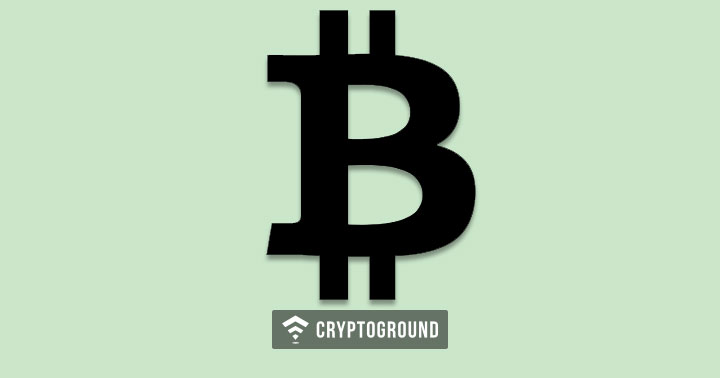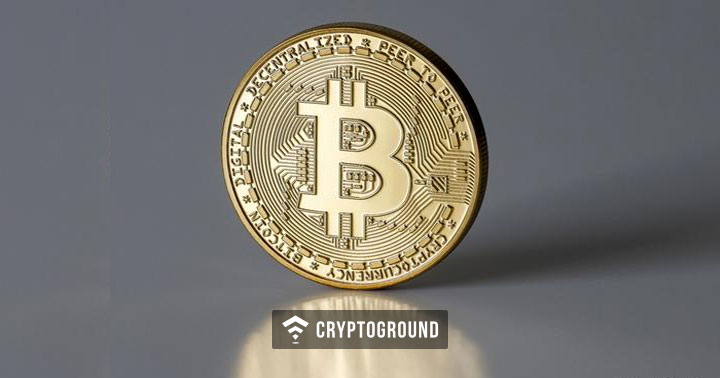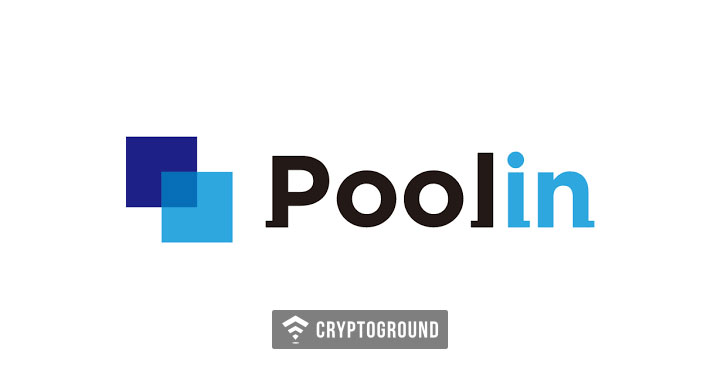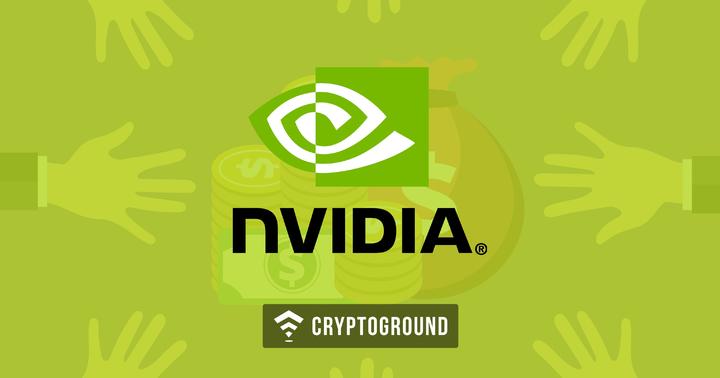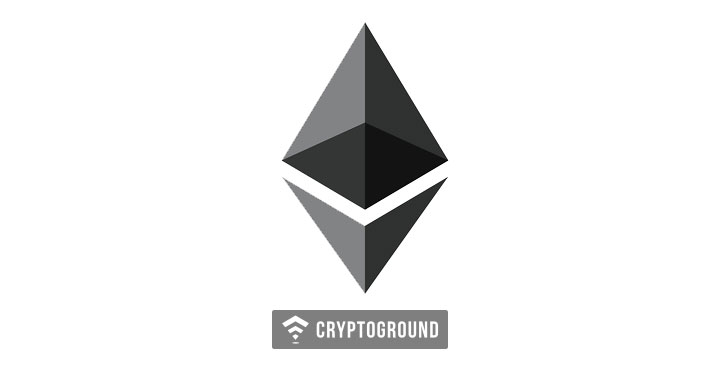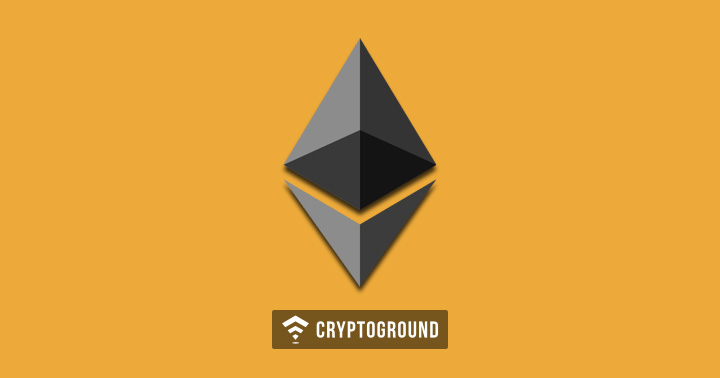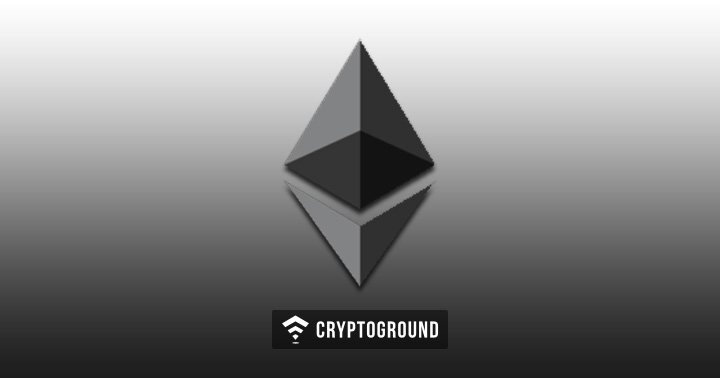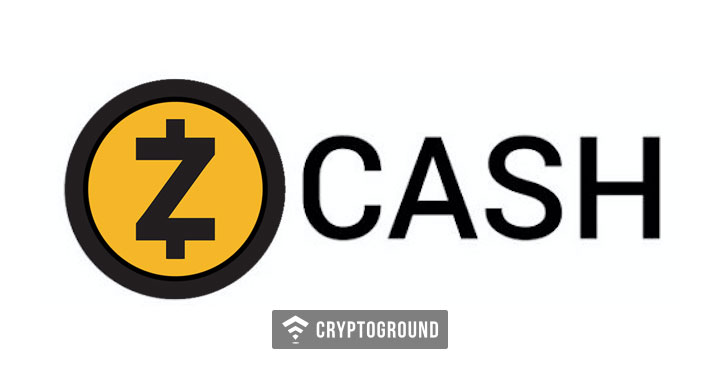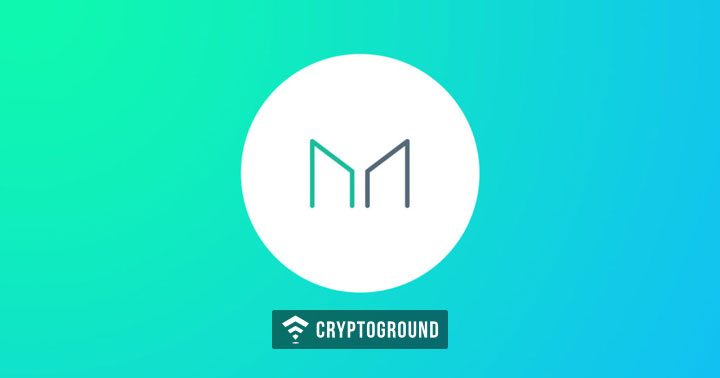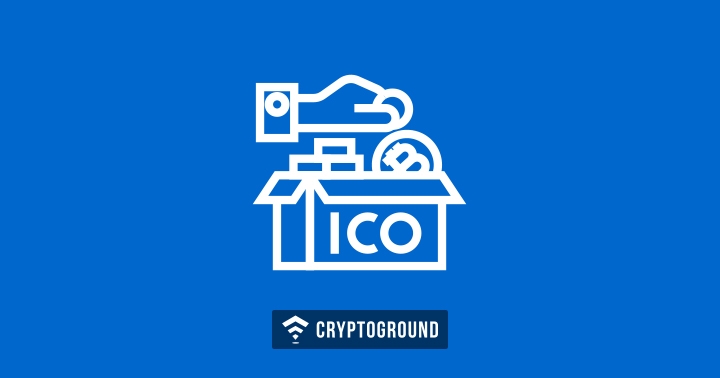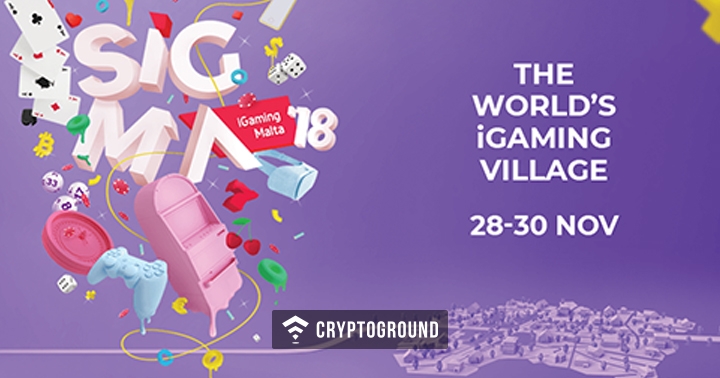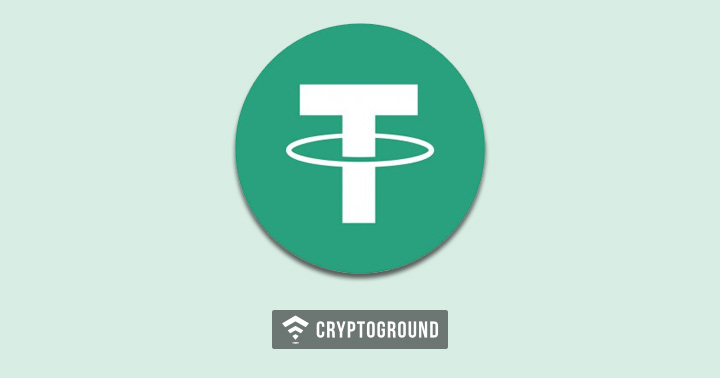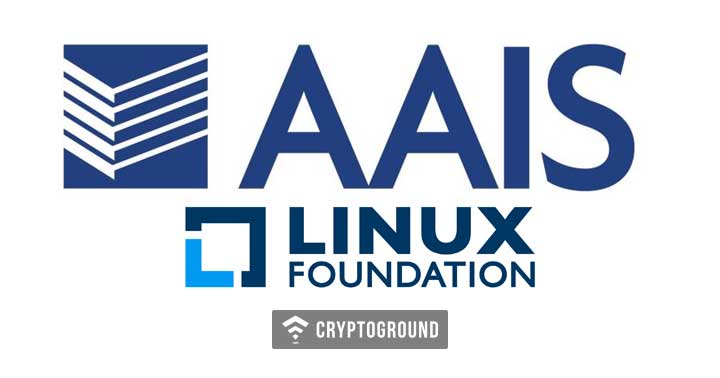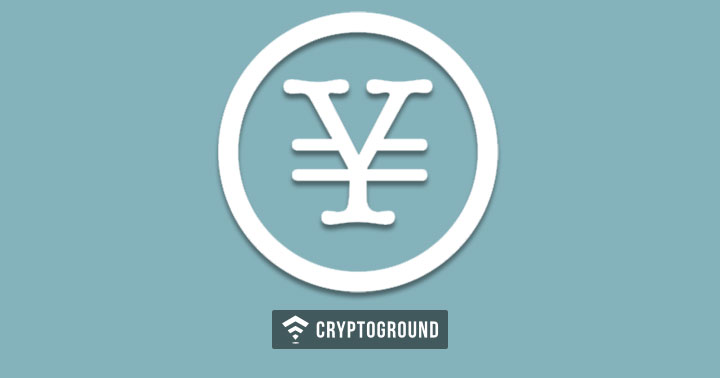Blockchain infrastructure company Blockstream releases a new platform which allows users to launch their own tokens by using its bitcoin sidechain, Liquid.
The security token was released at CoinDesk's Consensus Conference 2019. The liquid securities platform is the first product Blockstream has released on top of its Liquid Network Sidechain, a network which is joined to the bitcoin blockchain with faster coin transfers and better built-in privacy. The app enables users to issue and manage tokens on the top of the Liquid tokens.
Samson Mow, who is the Blockstream Chief Security Officer ensures that as long as businesses are ready to issue tokenized securities, platforms like Ethereum are not the correct choice for their scalability, privacy, and reliability.
Blockstream says that the platform is great for such purposes:
“Unfortunately, blockchain platforms like ethereum are failing them due to issues with scaling, privacy, and reliability. […] Now, with the launch of Liquid Securities, businesses can quickly issue Liquid-based security tokens with the click of a button, and establish sophisticated rulesets to conform with their regulatory requirements...”
Several security tokens have lined up to release their tokens on the Liquid platform. This consists of BnkToTheFuture, TokenSoft, Zenus Bank, and Pixelmatic.
The declaration mentions that the Liquid Network is a settlement network linking crypto exchanges, market makers, brokers, and other financial institutions.
You might be thinking that you have to be a coder in release a token. However, Liquid Securities platform will offer a web interface, just like the one you are using right now, or which enterprises can issue and monitor tokens. In order to form a new interface, rather than coding up the rules, the app will provide options to build rules, like regional restrictions and "investor accreditation."
In March 2019, Blockstream launched a new version of its Bitcoin (BTC) scalability software, c-lightning. The launch consists of performance improvements, bug fixes, and augmented reality.

